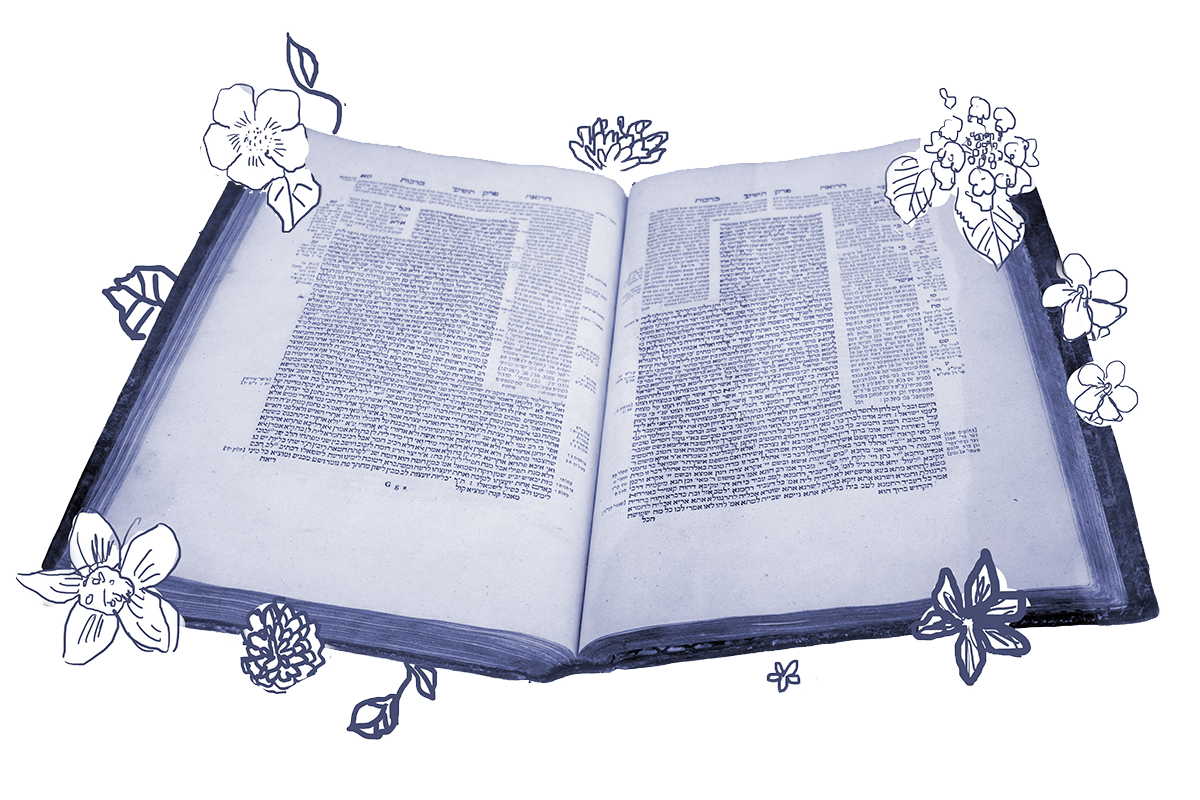Linguists have noted that many speakers native to New York are inclined, in conversation, to respond to what their interlocutor is saying mid-sentence, interjecting small comments and affirmations. While some will perceive these as rude interruptions, linguist Deborah Tannen argues that people who do this are likely, “showing enthusiastic engagement with what the speaker is saying.” And it’s not just New Yorkers — the phenomenon is observed in many cultures from Antigua to Japan.
Conversational cadence can sometimes be more than a cultural concern. On today’s daf, it’s a legal one. Specifically, the question of how you can tell if an ambiguous utterance is one statement or two. The matter arises as part of a discussion about witness testimony.
The rabbis are dealing with a case where witnesses testify about two things, in this instance, the theft and slaughter of an animal. The rabbis are wondering what should happen if the testimony about the slaughter is invalidated: Does that automatically invalidate the testimony about the theft as both are a part of one witness statement? Or does the testimony about the theft stand, as the invalid testimony about the slaughter is part of a separate statement?
The relevant rabbinic principle here is this:

Help us keep Jewish knowledge accessible to millions of people around the world.
Your donation to My Jewish Learning fuels endless journeys of Jewish discovery. With your help, My Jewish Learning can continue to provide nonstop opportunities for learning, connection and growth.
A pause within the time required for speaking a short phrase is like that of continuous speech.
In other words, when a person takes a short pause as they are speaking, if the pause is the length of a short phrase or shorter, the pause is not considered to be significant and the person’s entire statement is considered to be one statement. If, however, the pause is longer than the time it takes for a person to utter a short phrase, what they say after the pause is considered to be a new statement.
So now all we need to know is how long it takes to utter a short phrase. We need, as it were, a phrase that will function as our yardstick.
There are two time frames that are referred to as being within the time required for speaking a short phrase. One is the time required for a student to greet a rabbi, and the other one is the time required for the rabbi to greet a student.
A greeting is the measure of a “short phrase.” But exactly what kind of greeting? According to the Gemara, when a rabbi greets their student, they say, “Peace be upon you.” But when a student greets their rabbi, there is an additional honorific, “Peace be upon you, my rabbi and teacher.” Most rabbis consider the greeting directed to a rabbi to be the standard for defining a short phrase. Rabbi Yosei, however, feels that this makes for too long a pause, and adopts the student’s greeting as the appropriate measuring stick. In a debate between an individual opinion and a majority one, the law usually follows the majority, as it does in this case.
Incidentally, “peace be upon you” is a cumbersome four words in English, but in Hebrew it’s just two: shalom alecha. Just a beat. If you’re a New Yorker, that might still be an eternity.
Read all of Bava Kamma 73 on Sefaria.
This piece originally appeared in a My Jewish Learning Daf Yomi email newsletter sent on January 14th, 2024. If you are interested in receiving the newsletter, sign up here.



